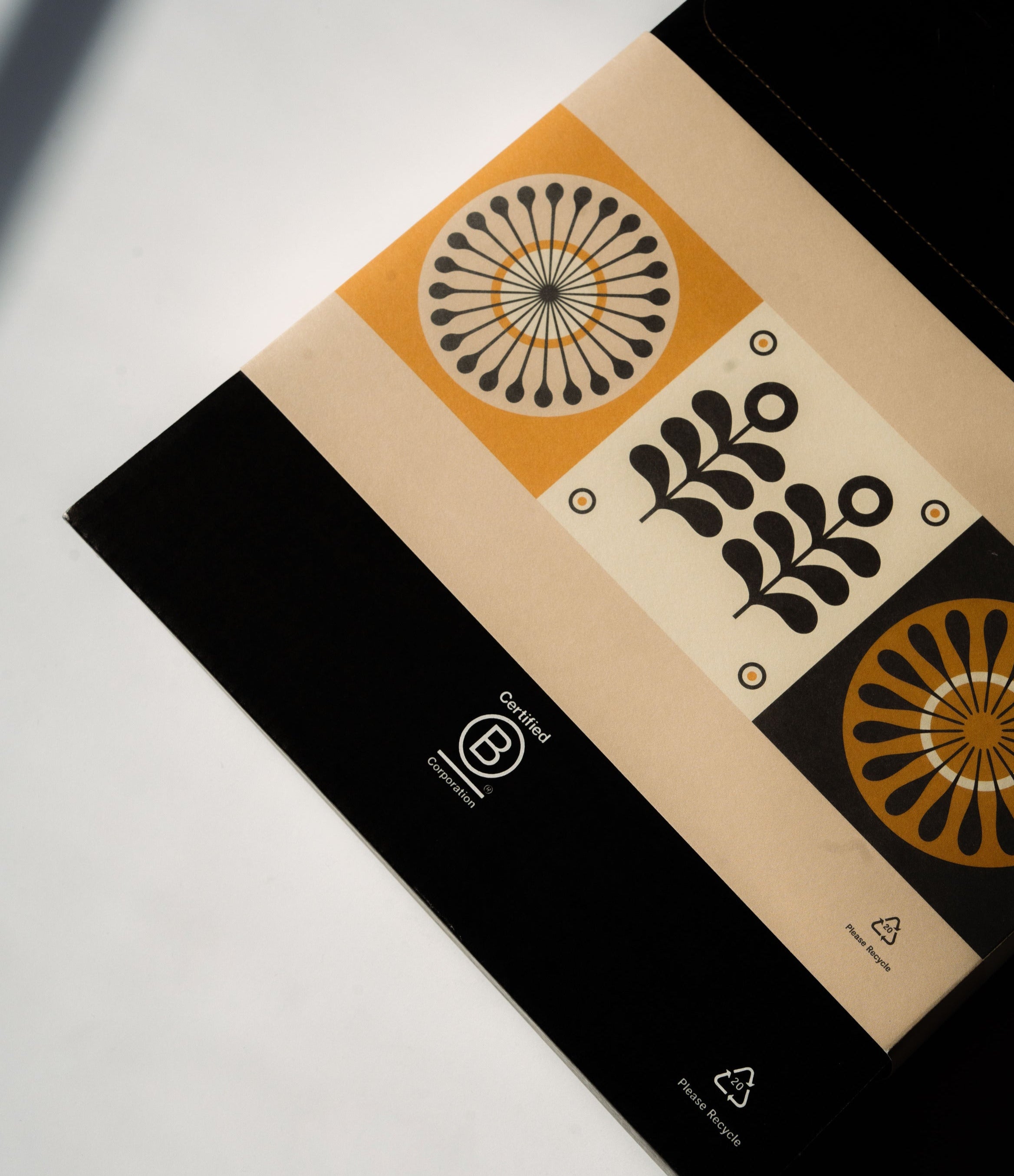Acidity in coffee can sometimes be misunderstood. In this sensory guide, we investigate what acidity actually means, why it’s important and how it affects flavour.

WHAT IS ACIDITY?
Acidity tends to have a poor reputation—a harsh sounding word with often negative associations. While we might think of acidity in food and drink as cause for discomfort, or even pain, this chemical property plays a major role in how you perceive flavour. Coffee is naturally acidic. When looking to acidity on the pH scale (which measures the presence of positively and negatively charged ions), coffee has a pH level of 5 (the lower the number, the more acidic the item; pH 7 is neutral). Other drinks, such as wine (2.9-4.2), beer (4-4.4), orange juice (3.9), and cola (2.6-.2.7), have higher pH levels, yet are not perceived for their acidic flavour. When it comes to talking about acidity in coffee, however, there’s no cause for heartburn.

WHAT IS ACIDITY IN COFFEE?
Often misunderstand, acidity in coffee is a revered attribute, bringing balance and brightness to your brew, and adding dimension to the cup. The right amount of acidity can offer a pleasing complexity to your coffee, complementing or balancing the harmony of a cup.
Often, when acidity is referenced in coffee, it’s not the natural pH value, but the specific flavour compounds present—and this is where the conversation gets exciting, with so much potential at hand. Acidity influences coffee in numerous ways, affecting flavour and aroma. A coffee that’s more acidic might take on the characteristics of stone fruits, sweet nectarines, or juicy apples. If a coffee is described as bright’, ‘lively’, ‘vibrant’, and ‘sparkling’, you can expect some acidity in your cup.
There are two types of acidity found in coffee—organics, which include malic, tartaric, and citric, and chlorogenic.
CHLOREGENIC
Chlorogenic is a family of organic compounds containing carbon. This compound is normally broken down, during the roasting process, into quinic and caffeic acids.
CAFFEIC
An organic compound that is classified as a hydroxycinnamic acid.
QUINIC
This acid is responsible for astringency, bitterness, and sourness. Quinic acid develops as other acids degrade and disappear, more commonly found in dark roasted coffee.
CITRIC
These acids are found naturally in citrus fruits such as lemons and lemons; it’s this acid that provides a tart, sour taste.
TARTARIC
Too much of this acid can make a coffee taste sour. Get the balance just right, however, and you’ll detect delicious grape notes. This acid is often found in bananas.
ACETIC
At low levels, this acid, found in vinegar, can add a nice touch of sharpness; too much, however, can be unpleasant, and can be an indication that the coffee was poorly processed.
MALIC
This acid provides pleasing fruit notes, such as crisp green apple, pear, and stone fruits such as peach and plum.
WHY ARE SOME COFFEES MORE ACIDIC THAN OTHERS?
You can’t create a flavour in roasting or brewing that a coffee doesn’t naturally have, but you can roast it in a way that highlights or obscures the acidity. When coffee is roasted, a chemical reaction occurs, impacting the levels of acid within them. This reaction, known as the Maillard reaction, changes the concentration of acid. The level of acidity will typically reduce as the heat increases; many acids degrade at higher temperatures. As such, lighter roasts are generally more acidic than darker roasts. However, roasting isn’t just about how long you keep the beans in the roaster—it’s about how you manipulate the heat and airflow to enhance the coffee’s best characteristics.


How the coffee is roasted is just one way in which a cup’s acidity is influenced. Some acidity in coffee is down to varietal genetics; some is influenced through farming conditions. The Arabica species tends to have less chlorogenic acids which decreases its perceived acidity. Certain varietals, such as SL-28, are more acidic. Citric acid is more common in Colombian coffees, while malic acid is more prevalent in Kenyan coffees where higher elevations (meaning cooler temperatures and less oxygen, which slows the process of ripening) often results in complex coffees with higher acidity. Processing also plays a part in the acidity found in coffee. Naturally processed coffees leave the fruit intact while the coffee dries. This increases the overall sweetness in the coffee, taking prominence over acidity. Washed process coffees are pulped and rinsed in water, removing layers of sucrose and fructose. By paring back the sweetness, the acidity is allowed to shine.
With a coffee promising bright and vibrant acidic notes, you’ll want to make sure you brew it with care, otherwise you’ll end up with a flat tasting coffee. Extraction is key. Flavour and aroma compounds begin to infuse the moment the water makes contact with the coffee. Fruity and acidic notes are extracted first, followed by sweetness and balance, and finally, bitterness – meaning that timing your brew is key to appreciating that beautifully acidic cup of coffee.
As always, taste is personal, and the enjoyment of finding your favourite brew is all in the exploration. Discover single-origin coffees and blends, classically sweet pours, and bright and zingy cups.
--
Start exploring your sensory skills today - shop coffee














